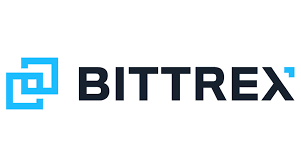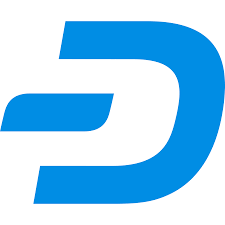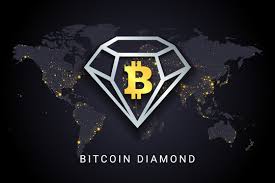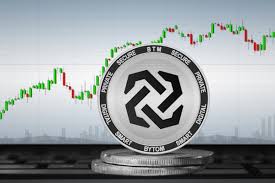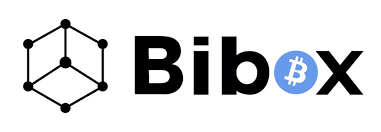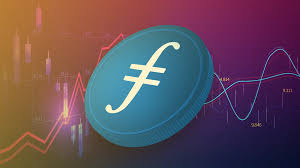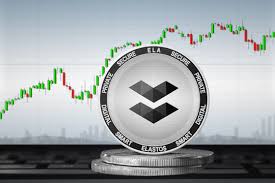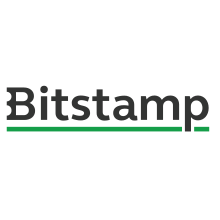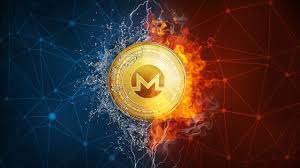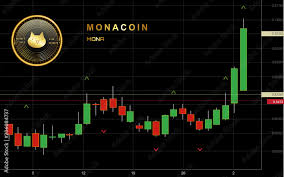Is it profitable to mine GridCoin cryptocurrency? While some are mining cryptocurrency, others are processing scientific data. Until recently, it was necessary to choose between greed and altruism since distributed computing projects usually do not provide rewards. Now there is a third-party incentive program, and it has already yielded notable results.

Recently, given the increased public interest in science in general and distributed computing in particular, the BOINC platform is still far from its likely potential. Now consider a means to increase this potential. You’ve probably heard about Bitcoin, which is based on the Proof-of-Work algorithm (literal translation: proof of work) and how much computing power is involved in calculating the hash rate, transaction confirmations, searching for numbers with specific properties, etc. (Let me remind you that over the past six months, the capacity of the Bitcoin network has doubled). Huge electricity costs are aimed at simply maintaining the network in working order.
Vice as an engine of progress
The name Gridcoin speaks for itself (the grid is a distributed network, the coin is a coin), but I associate it more with the word greed. I think that the psychological calculation of the creators of the open-source cryptocurrency Gridcoin was precisely greed. They began to pay for willful computing, which radically changed their attitude toward the process. With their submission, participation in distributed computing has ceased to be pure altruism.
The idea of Gridcoin was announced in October 2013, but it took a very long time to bring it to completion. The system is still far from perfect, but it already works more or less stably. Among crunchers, this innovation was perceived ambiguously. Some warmly welcomed this initiative, while others criticized it equally hotly.
One way or another, people have counted for free for years. So why not get compensated for your labor costs now? After all, electricity bills will not be paid by themselves, and real money is already given in the exchange for Gridcoin (GRC). More precisely, for GRC they usually give BTC, and already for BTC – USD or EUR.
The beauty of Gridcoin is that useless mining is replaced by solving real problems. For example, you need to process images from an automatic observatory, calculate the tertiary structure of a protein, or simulate the work of the heart using ECG data. All these practical tasks are solved on ordinary computers in the background without user interaction, and virtual coins are charged for them.
How to join Gridcoin
Since Gridcoin runs on top of the BOINC platform, you first need to become a cruncher before collecting a cryptocurrency reward. When you connect to a new BOINC project and complete your profile on the web page, you can join one of the teams or create your own. This is a pure convention since no one forbids moving from one team to another along with all the points earned. Just like football. For many crunchers, the “command” field remains empty. If you want to receive cryptocurrency for calculations in BOINC, then in the Team field you need to specify Gridcoin.
Step 1
After setting up BOINC and joining the Gridcoin team, you need to install the client application of the same name. It is better to leave all paths and settings as default, as with custom ones there is more chance of an error.
The Gridcoin client is an electronic wallet based on blockchain technology. So it takes a long time to load the blockchain at startup and keep it in sync. It uses various technologies to protect against falsification, the main of which is DPOR (distributed proof of research), proof of participation in research, in this case, BOINC projects. Technically, this is a combination of two methods: POB (proof of BOINC) and proof-of-stake (PoSv2) – proof of stake, that is, the presence of cryptocurrency on the account.
Instead of mining, Gridcoin uses proof-of-work (PoW). To do this, the client program checks different conditions:
- Whether the BOINC client is installed;
- Whether the BOINC process is running;
- Whether the cross-project user identifier (CPID) is registered in the distributed computing network;
- Whether the participant is active (RAC> 0).
There are other checks, but let’s not get ahead of ourselves.
Step 2
At this stage, you need to decide how you will participate: alone or as part of a cruncher pool. There is only one pool so far, but it provides an opportunity for a quick start. In it, you will receive a reward more often, but in a smaller amount.
Step 3
On Windows, the Gridcoin client requires administrator rights. The developers recommend creating a shortcut for the gridcoinresearch.exe file, opening its properties, and, on the Compatibility tab, check the Run this program as administrator box. Yes, theoretically it is unsafe, but for six months of the experiment no problems were noticed, and the application code is open.
Step 4
Launch the Gridcoin client on the same computer on which you are running BOINC. If there are requests from the firewall, add permissive rules. If they do not appear, create them manually.
Step 5
We are waiting for the client to load and get into the new user connection wizard. In it, you must enter the email address from which you registered in the BOINC projects. If the previous steps were performed correctly, you will receive a message: “The new configuration file was created successfully.”
After connecting to the Internet, the Gridcoin client will contact the servers of projects and statistics and independently receive all the data. If the wizard did not start right away or you accidentally closed it, you can always start it manually. Please note that you do not need to specify passwords – these fields may have remained from the old version of the program, but now everything works without them.
